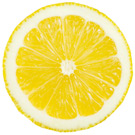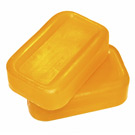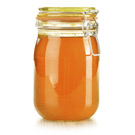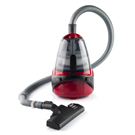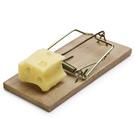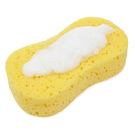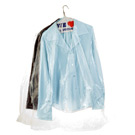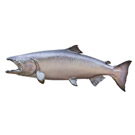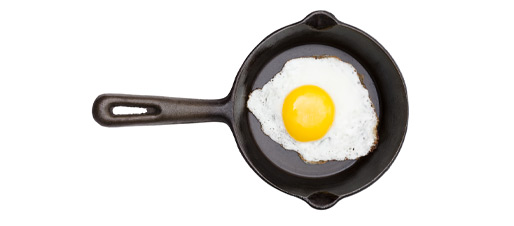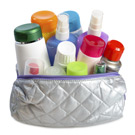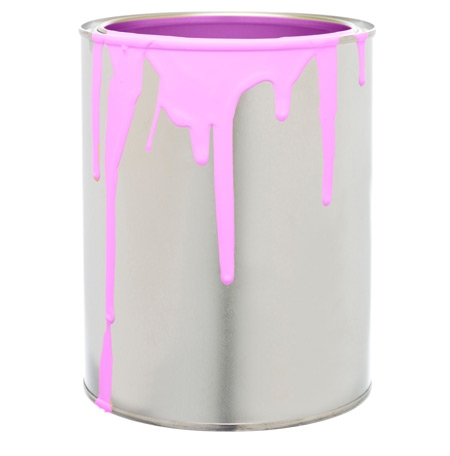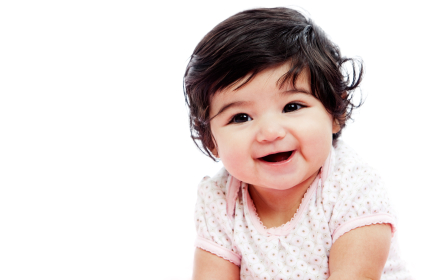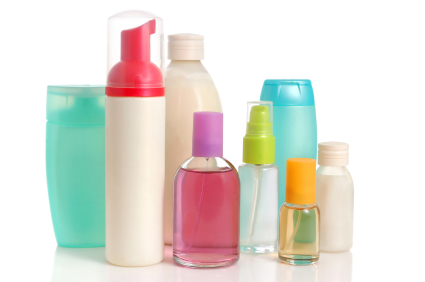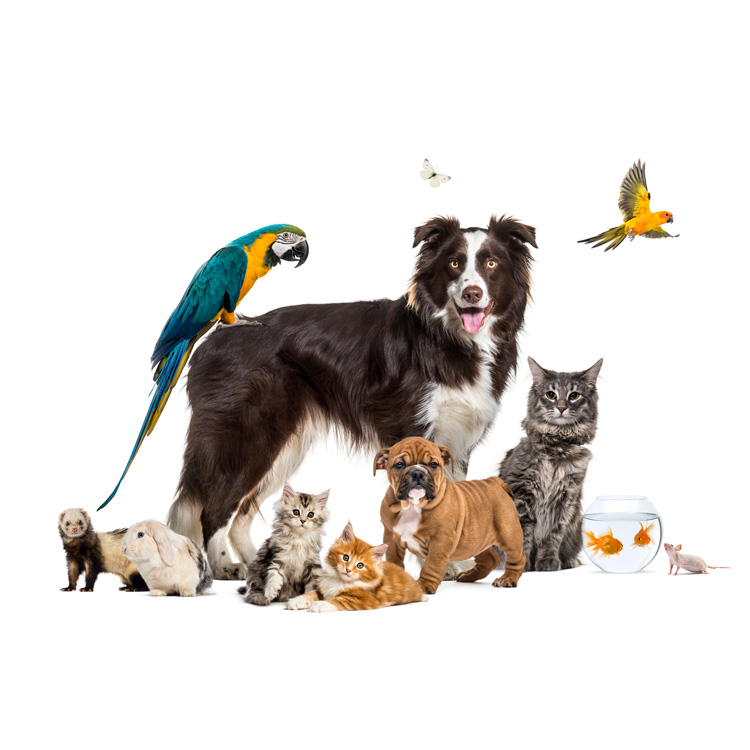You have a smoke alarm and a fire extinguisher. You've got a first aid kit and flashlight. You might even have double-locks on the doors and an alarm system. By traditional accounts your home is safe. Or is it?
Your home may not be as safe as you think, particularly from exposure to toxic chemicals. But it can be. Here are tips to get you started towards a healthier home.
Tip #1: How can I clean my home without toxic products?
Use homemade cleaners, look for third party-certified products, and choose mist spray bottles over aerosol spray cans. More >
Tip #2: Does antibacterial soap work better than regular soap?
Regular soap is just as effective at reducing germs as antibacterial soap, and it’s healthier for you and the environment. More >
Tip #3: Should I be concerned about storing my food in plastic?
Store your food in stainless steel or glass containers to reduce your exposure to Bisphenol A (BPA) and other toxic chemicals. More >
Tip #4: How can I avoid flame retardant chemicals?
Avoid flame retardant chemicals by dusting, vacuuming, and washing your hands often. More >
Tip #5: Eeek! I've got mice – what should I do?
Seal out rats and mice, remove food and water sources, and use snap traps if needed. More >
Tip #6: How can I control insect pests in my house?
Prevention and soapy water are more effective than sprays at controlling insect pests. More >
Tip #7: When I see "fragrance" listed on the ingredients of a product, should I be concerned?
Try to look for products that do not contain "fragrance," "perfumes," or "phthalates." More >
Tip #8: What is the difference between taking my clothes to a dry cleaner or to a wet cleaner?
Wet cleaning is an environmentally friendly garment cleaning alternative to traditional dry cleaning. More >
Tip #9: Should I eat fish caught in San Francisco Bay?
Choose the right type of fish for your gender and age to avoid unsafe levels of mercury and polychlorinated biphenyl (PCBs). More >
Tip #10: Should I be concerned about using non-stick pans?
The chemicals used to manufacture non-stick coatings harm human health and the environment. More >
Tip #11: How do I choose safer cosmetics and personal care products?
Read the ingredients list closely and check the Skin Deep or Good Guide databases. More >
Tip #12: Should I be concerned about the odor I smell when painting?
The paint you use might have an undesirable effect on your health. More >
Tip #13: Should I beware of arsenic in my baby's food?
A 2019 study by Healthy Babies Bright Futures, found that 95% of the 170 rice food snacks marketed for babies contained heavy metals, including arsenic. More >
Tip #14: Should I be concerned about the safety of my hair products?
Haircare products can contain toxic chemicals and ingredients harmful to your health. More >
Tip #15: How can I avoid toxic pet products?
Pet products can pose a threat to human and pet health. More >
The Precautionary Principle
San Francisco is the first US city to adopt the Precautionary Principle. SF Environment’s toxics and health programs are based on some of the Precautionary Principle’s fundamental guidelines: it’s better to be safe than sorry; let’s prove something is safe rather than assume it’s harmless; and let’s be cautious when something may be harmful even if it isn’t proven yet. That’s why SF Environment is working to make every home safer.
Additional Resources
Healthy Homes Training (video) / 旧金山的健康家园培训 (Cantonese) / Entrenamiento de Hogares Saludables en San Francisco (Spanish) / Обучение здоровых домов в Сан-Франциско (Russian)
SF Environment Department Healthy Homes Presentations
